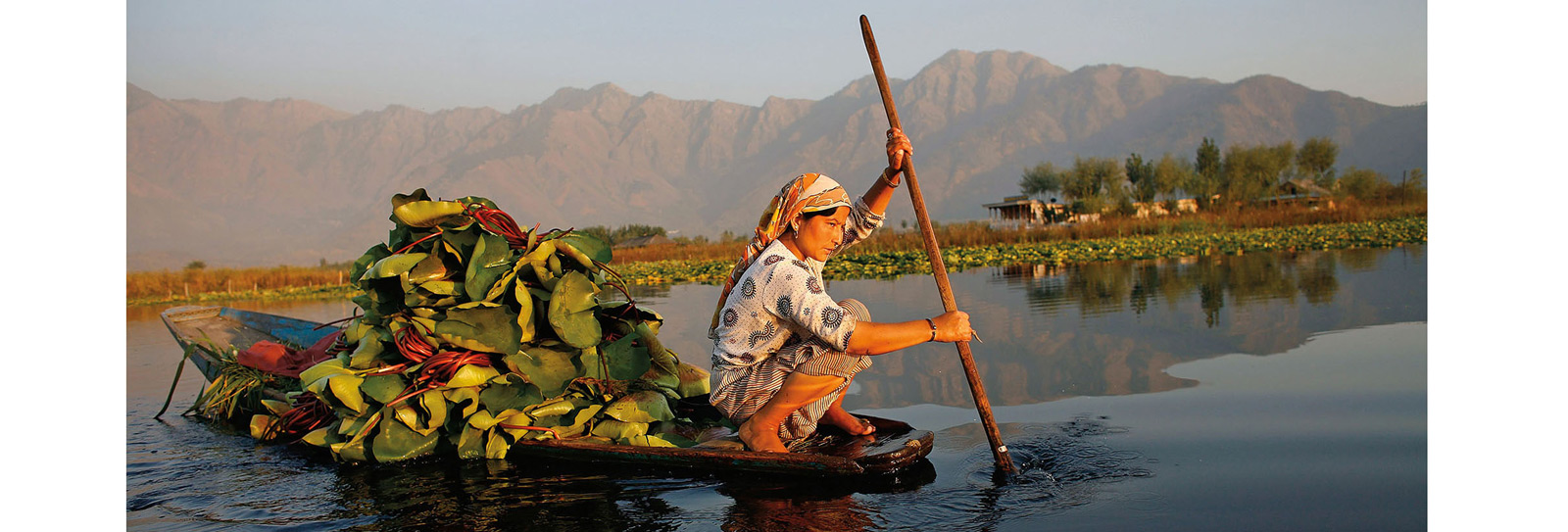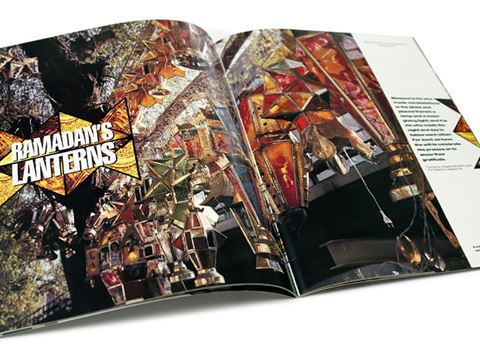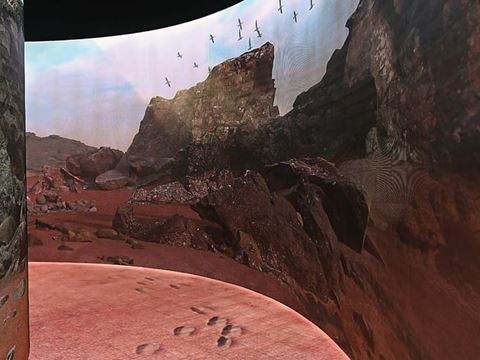
FirstLook: Removing Water Lilies from Dal Lake
No matter what my assignment is, as a photojournalist, I usually keep a camera ready all day. You never know when there will be a chance to make an interesting image that can tell a different story.
No matter what my assignment is, as a photojournalist, I usually keep a camera ready all day. You never know when there will be a chance to make an interesting image that can tell a different story.
I made this photo during a news assignment in Srinigar, capital of the part of Jammu and Kashmir controlled by India. I went to one of the most popular places for locals and tourists alike—Dal Lake. There, I hired a shikara, or small traditional boat, for a few hours. Although it’s an urban lake full of houseboats, commuters and pleasure-craft closer to its city side, in its farther reaches Dal Lake becomes more tranquil, and the peaks of the Zabarwan Range make a magnificent backdrop. Water lilies have long grown in the lake, and in recent years they have proliferated to cover more than five square kilometers, or about a quarter of the lake, proving a nuisance to boat traffic and a threat to ecological balance. To assist with their removal, shikarawalas, or small-boat owners, are often commissioned to help remove the plants and keep the waterways clear.
— Paula Bronstein
www.paulaphoto.com
Instagram: @pbbphoto Twitter: @paulaphoto
You may also be interested in...

Find Ramadan Lanterns on Cairo's Streets with John Feeney
Arts
In the March/April 1992 issue, writer and photographer John Feeney took AramcoWorld readers on a walk through the streets of Cairo during Ramadan.
Ithra Explores Hijrah in Islam and Prophet Muhammad
History
Arts
Avoiding main roads due to threats to his life, in 622 CE the Prophet Muhammad and his followers escaped north from Makkah to Madinah by riding through the rugged western Arabian Peninsula along path whose precise contours have been traced only recently. Known as the Hijrah, or migration, their eight-day journey became the beginning of the Islamic calendar, and this spring, the exhibition "Hijrah: In the Footsteps of the Prophet," at Ithra in Dhahran, Saudi Arabia, explored the journey itself and its memories-as-story to expand understandings of what the Hijrah has meant both for Muslims and the rest of a the world. "This is a story that addresses universal human themes," says co-curator Idries Trevathan.
AramcoWorld: 75 Years of Visual Storytelling Through Photography
Arts
History
Part 2 of our series celebrating AramcoWorld’s 75th anniversary this year highlights “visual vagabonding”—the magazine’s expanded use of vibrant images over the decades to fulfill the mission of cultural connection.